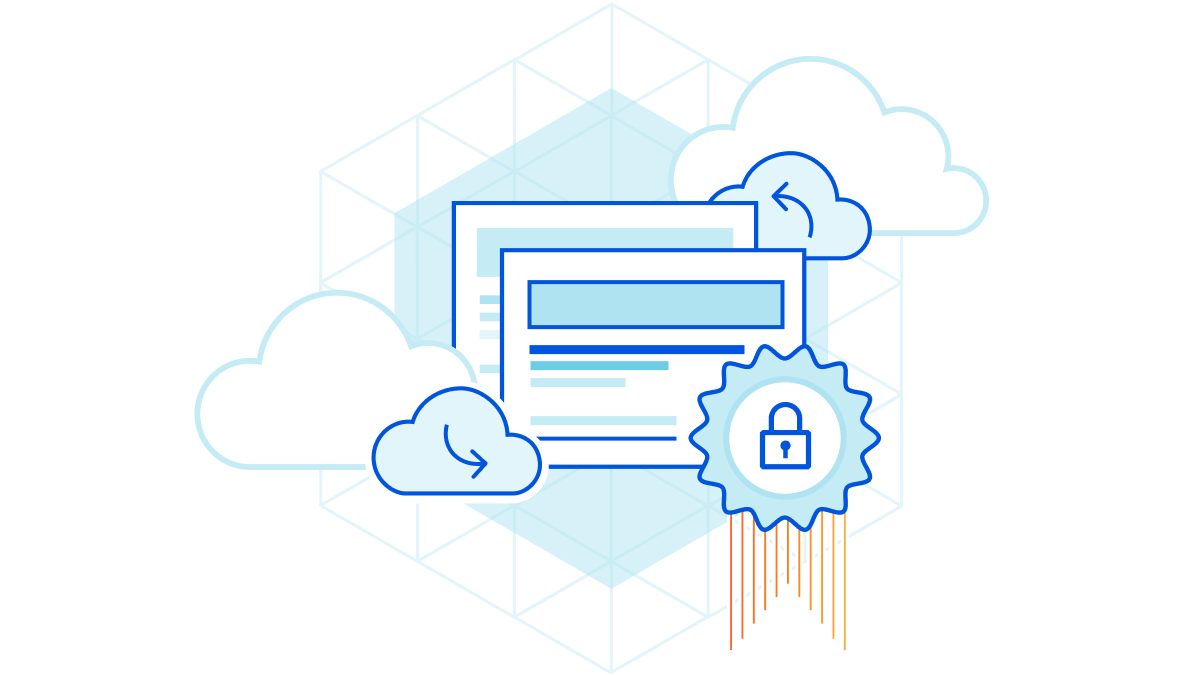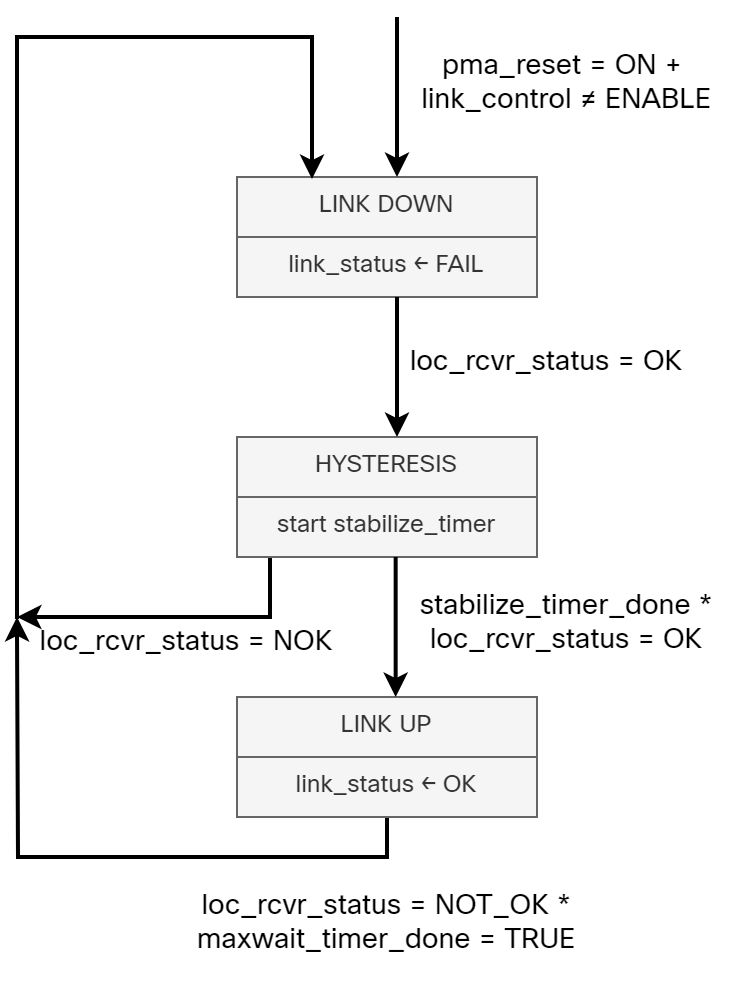Architecture and Process
Driving through some rural areas east of where I live, I noticed a lot of collections of buildings strung together being used as homes. The process seems to start when someone takes a travel trailer, places it on blocks (a foundation of sorts) and builds a spacious deck just outside the door. Over time, the deck is covered, then screened, then walled, becoming a room.
Once the deck becomes a room, a new deck is built, and the process begins anew. At some point, the occupants decide they need a place to store some sort of equipment, so they build a shed. Later, the shed is connected to the deck, the whole thing becomes an extension of the living space, and a new shed is built.
These … interesting … places to live are homes to the people who live in them. They are often, I assume, even happy homes.
But they are not houses in the proper sense of the word. There is no unifying theme, no thought of how traffic should flow and how people should live. They are a lot like the paths crisscrossing a campus—built where the grass died.
Our networks are like these homes—they are Continue reading




